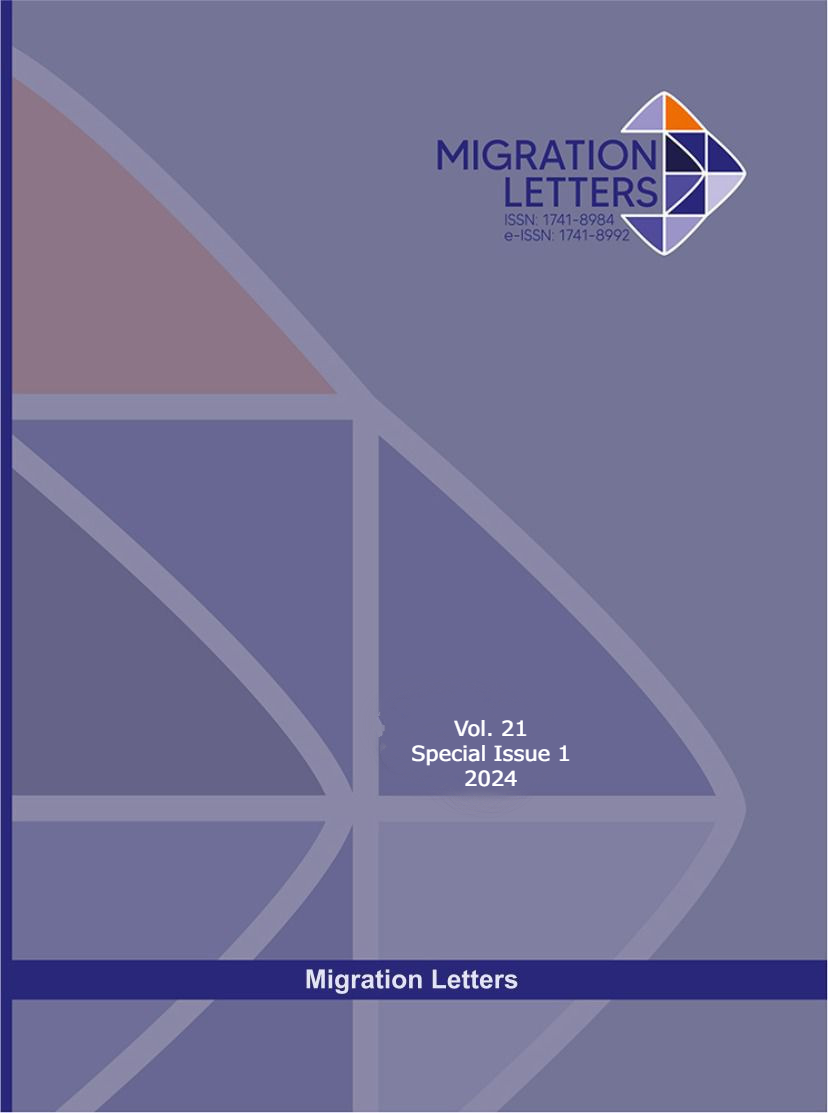From Artificial Intelligence and Bayesian Statistics to Neuroanatomy: Connections, Analogies, and Applications
DOI:
https://doi.org/10.59670/ml.v21iS1.6005Abstract
This study examines the interaction between artificial intelligence (AI), Bayesian statistics, and various key brain structures, such as the hippocampus, amygdala, and thalamic nuclei. The goal is to explore how Bayesian inference can contribute to the development of AI systems that simulate and optimize essential aspects of human cognition, such as decision-making, attention, learning, and memory. By analyzing the functions of these structures within the framework of Bayesian statistics, possible avenues are identified for improving the adaptability and efficiency of AI systems in problem-solving and decision-making. Additionally, the relevance of Brodmann areas in the context of AI and Bayesian statistics is considered. The knowledge gained from this study can provide a solid foundation for the design of increasingly advanced and human-centric AI systems, facilitating more effective and understandable interaction between humans and AI technologies.
Metrics
Downloads
Published
How to Cite
Issue
Section
License

This work is licensed under a Creative Commons Attribution-NonCommercial-NoDerivatives 4.0 International License.
CC Attribution-NonCommercial-NoDerivatives 4.0






